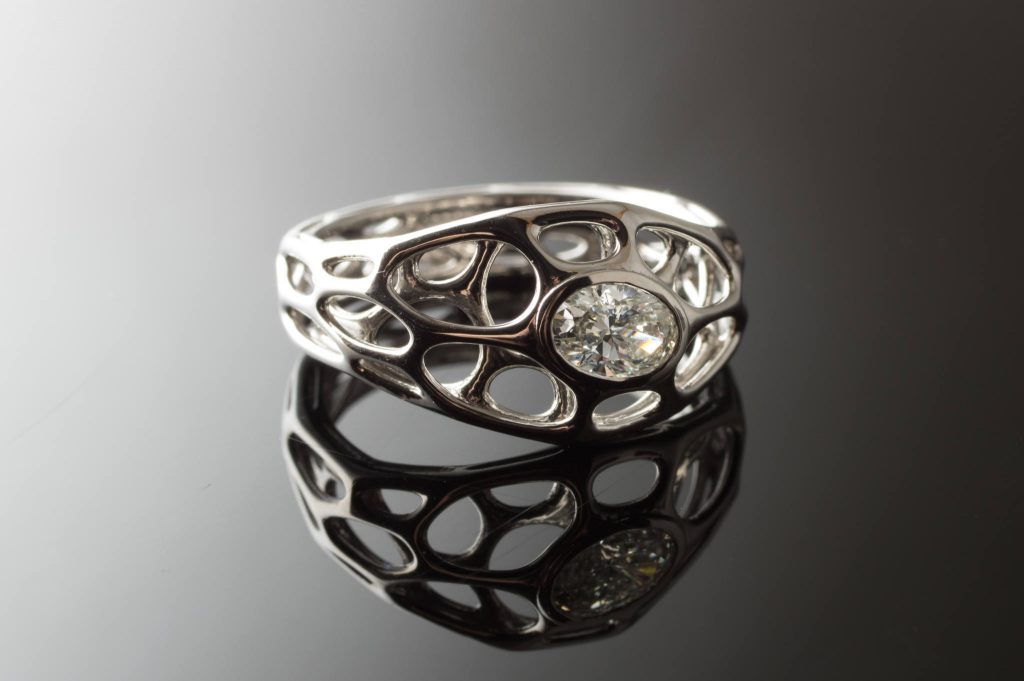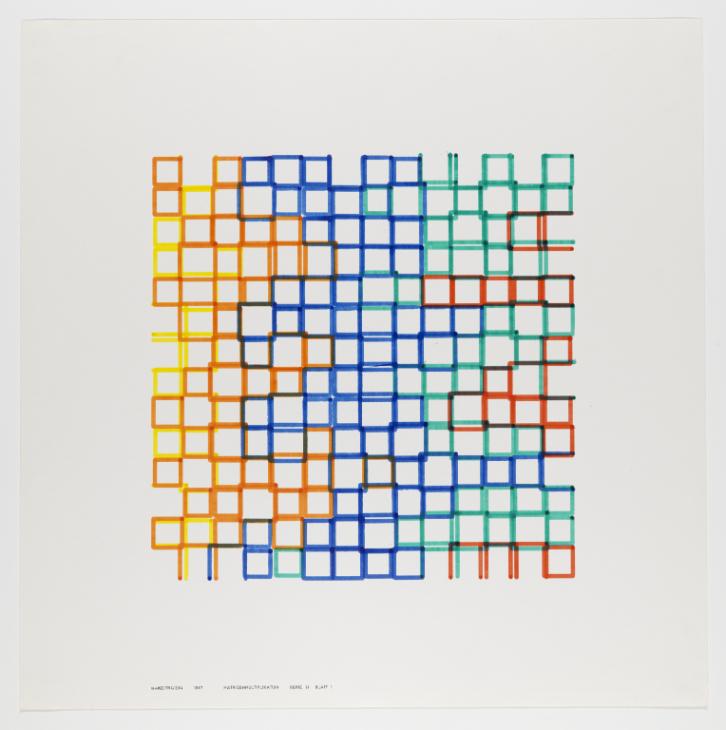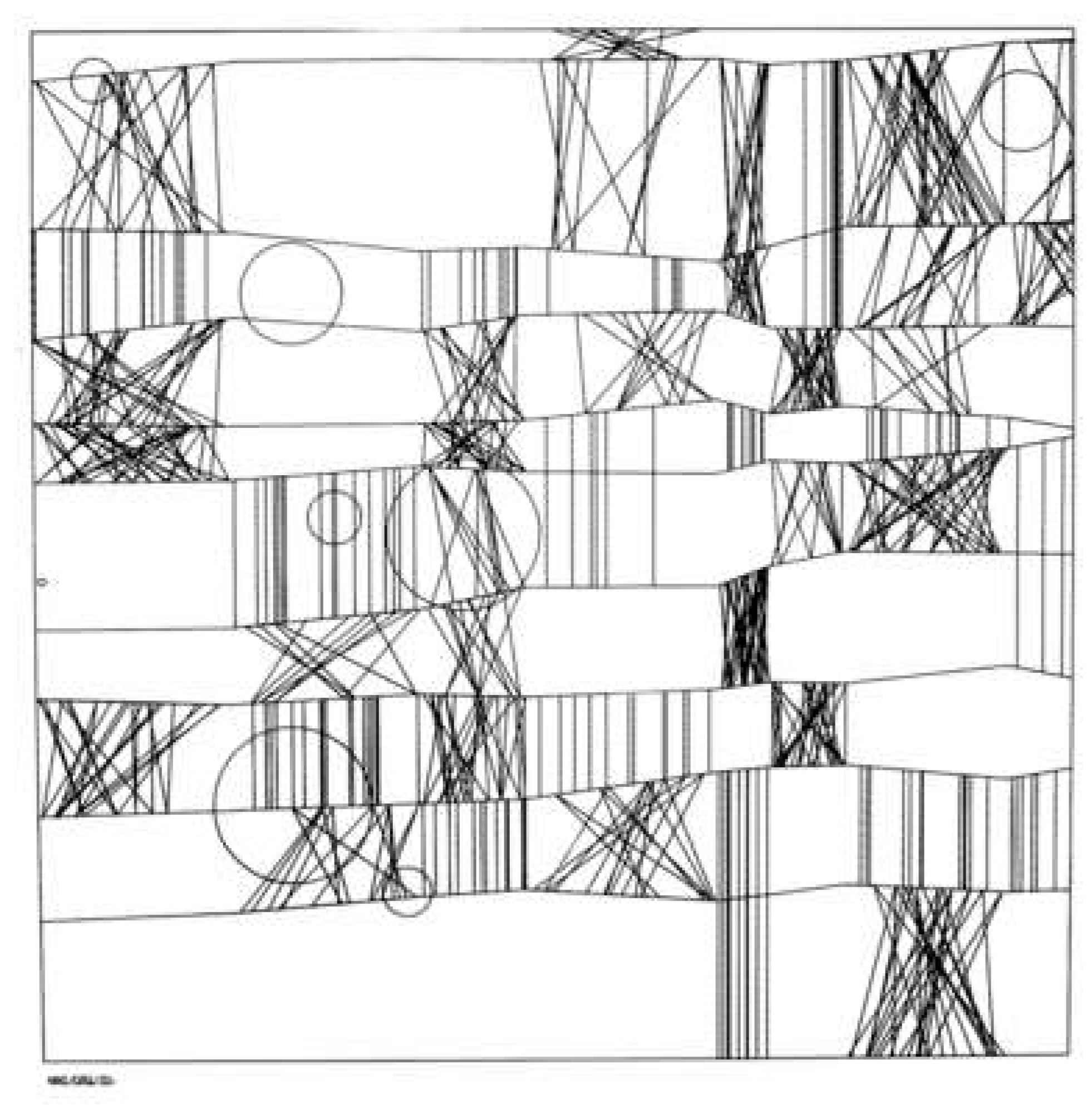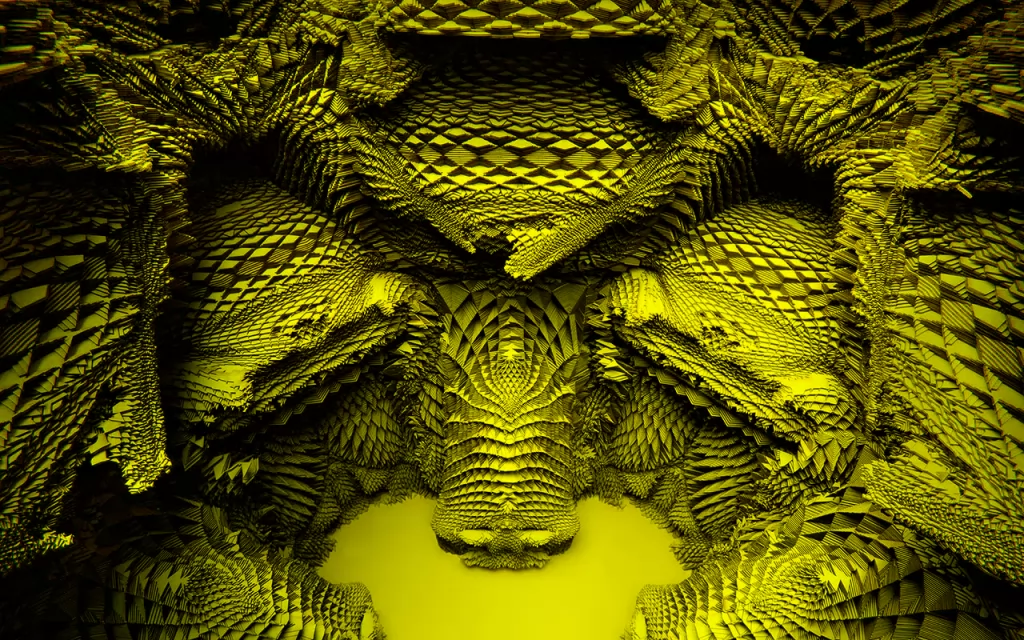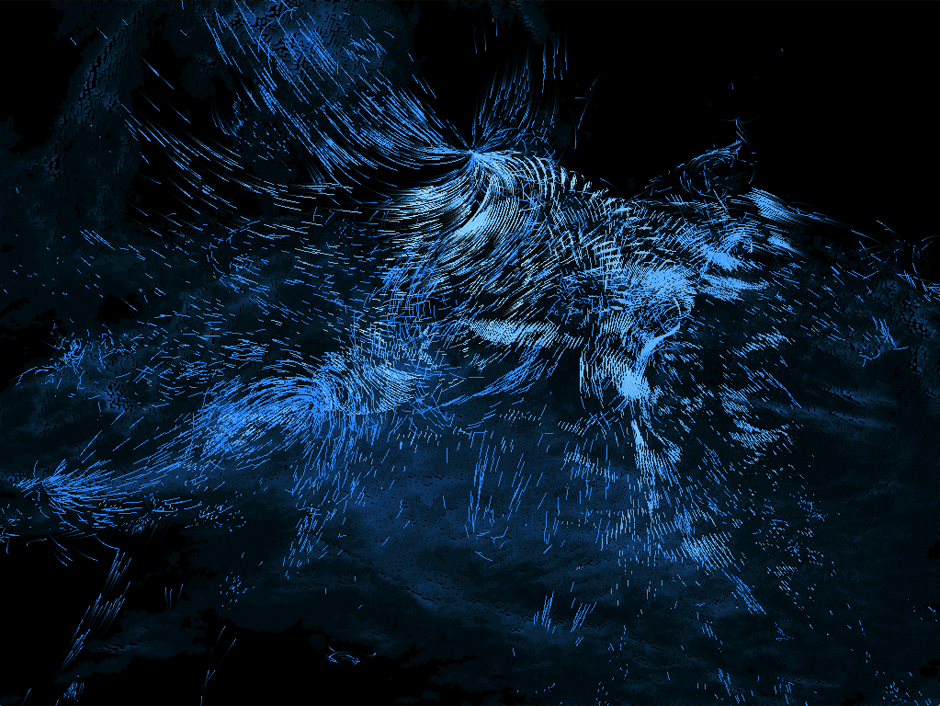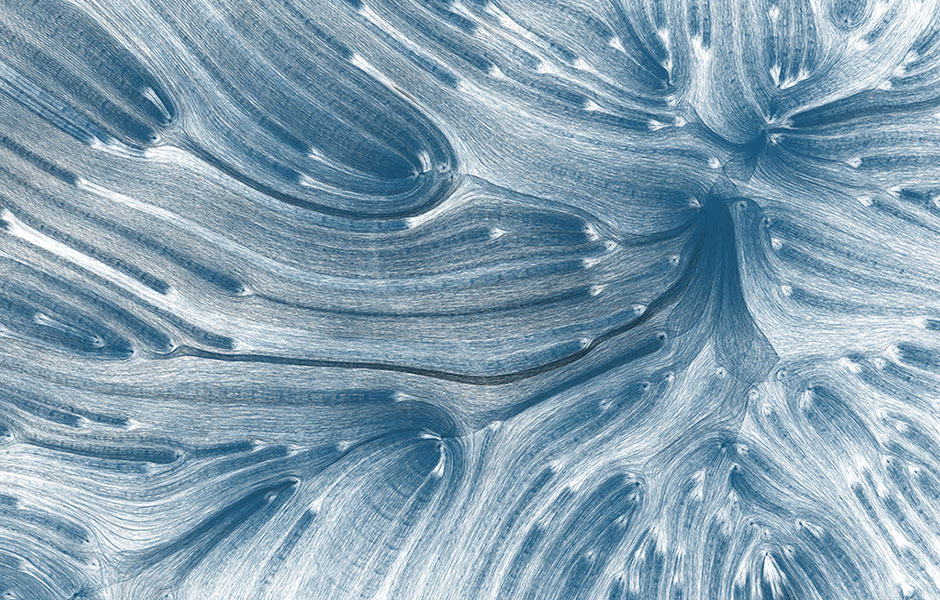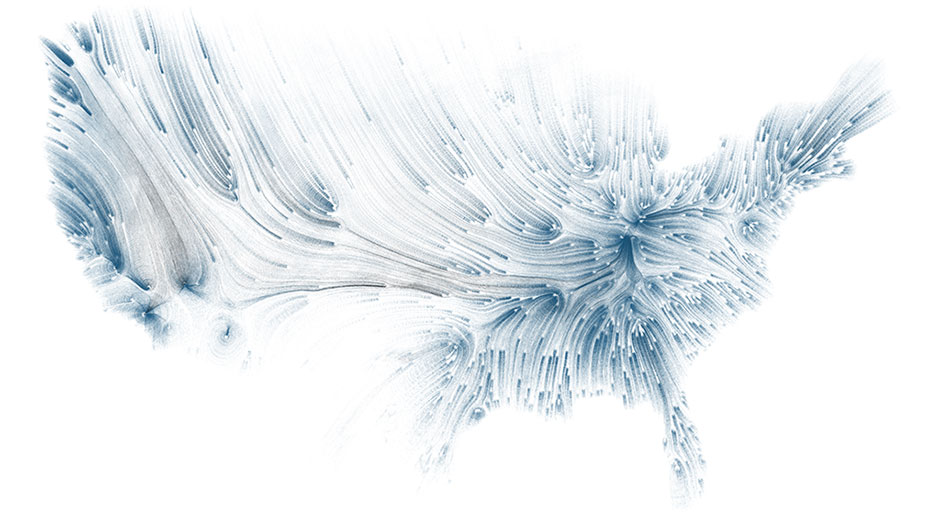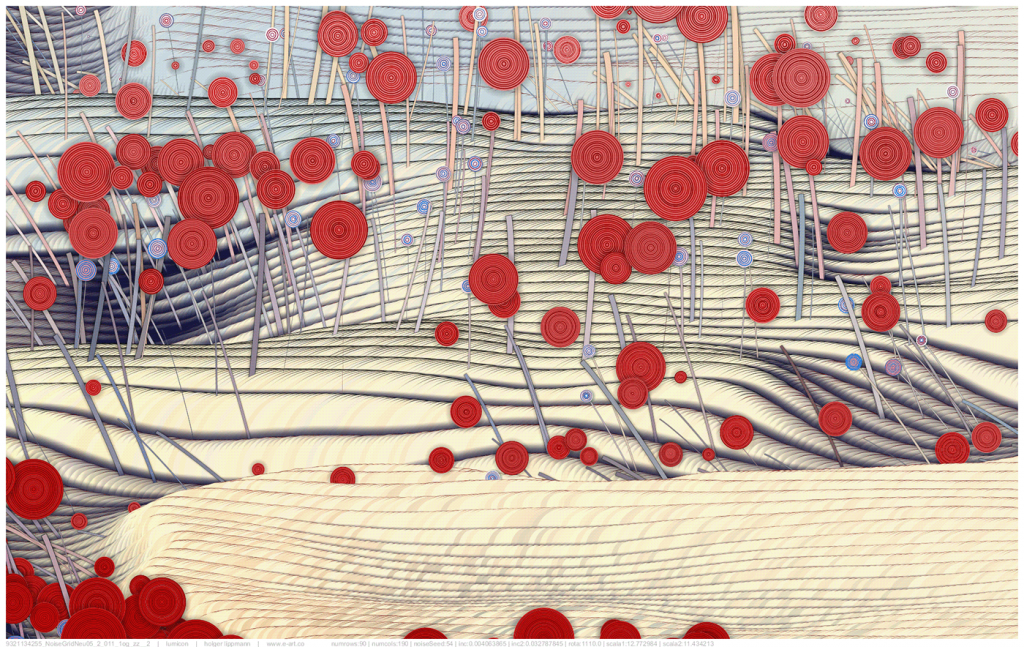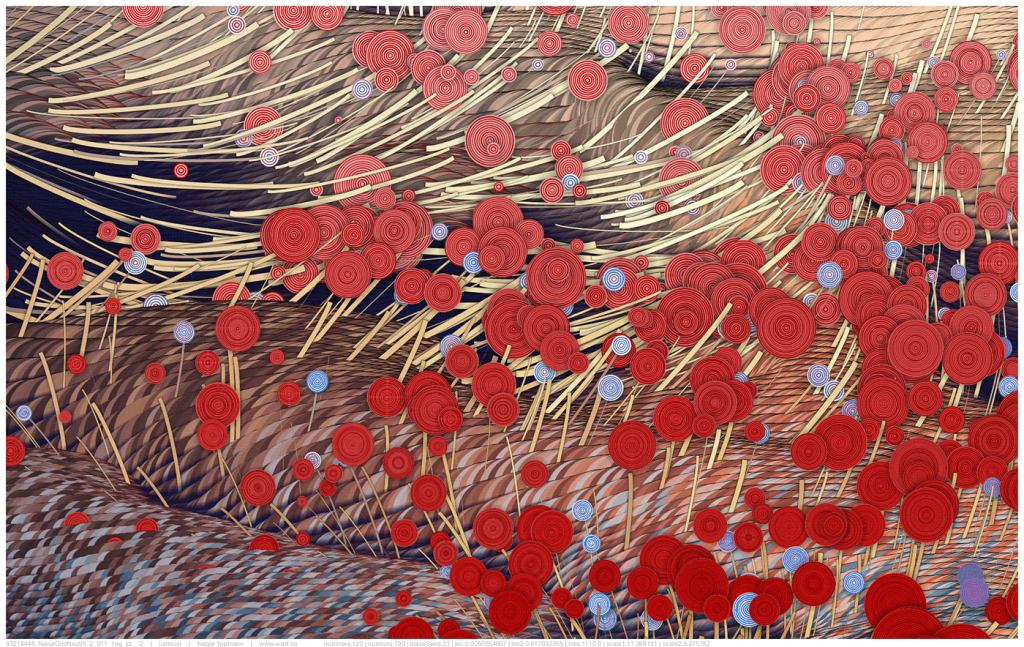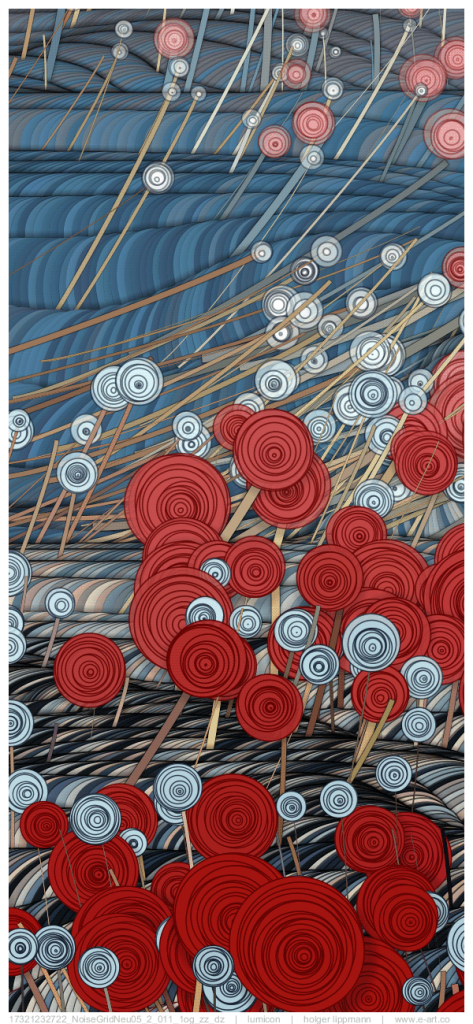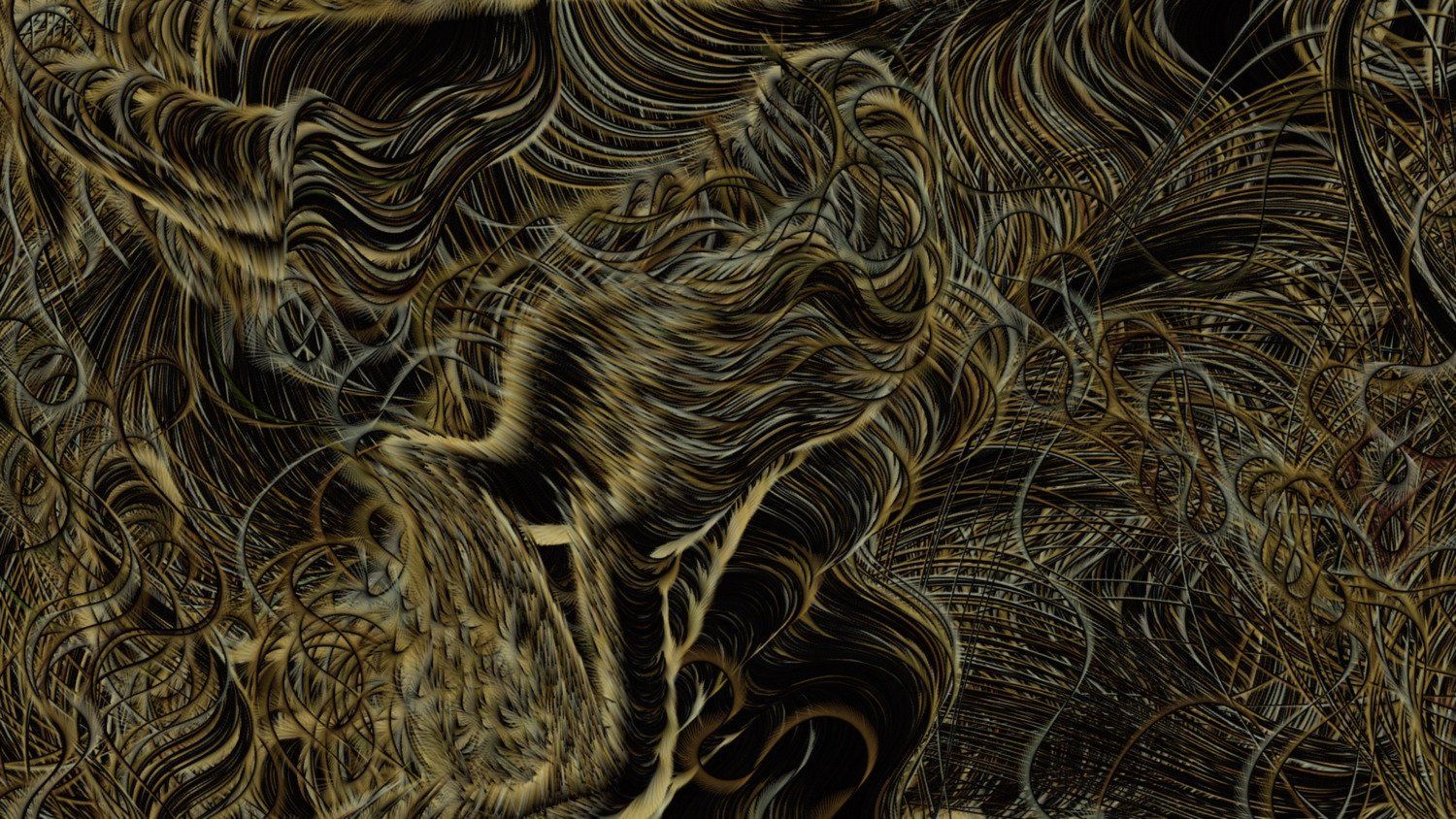Looking Outwards 02
What this project impressed me with is how this algorithm abstracts the real pictures into a more artistic form. Also, with different fitness percentages, users can choose how abstract they want for the output. I think the algorithm of this project is to use different sizes and colors of the polygon to mimic the form of real pictures. Furthermore, since the polygons are overlaying with each other, I think that the transparency of the polygon can also be changed so that it can create a sense of layering effect which is very artistic. The most interesting concept about this project is that the users can choose not only the percentage of fitness they want but also see the gradual change of this process. The artistic essence of this project is using the polygon as a single unit to create the abstract version of the picture since it contains different types of angles, including acute angle, obtuse angle, and right angle. It can create different shapes because of this natural characteristic.
https://alteredqualia.com/visualization/evolve/
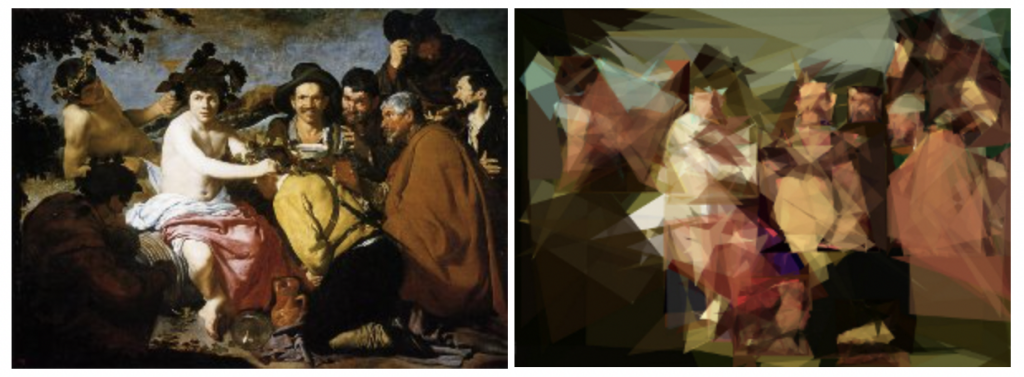
![[OLD SEMESTER] 15-104 • Introduction to Computing for Creative Practice](../../../../wp-content/uploads/2023/09/stop-banner.png)
